Siamese Fighting Fish (Betta)
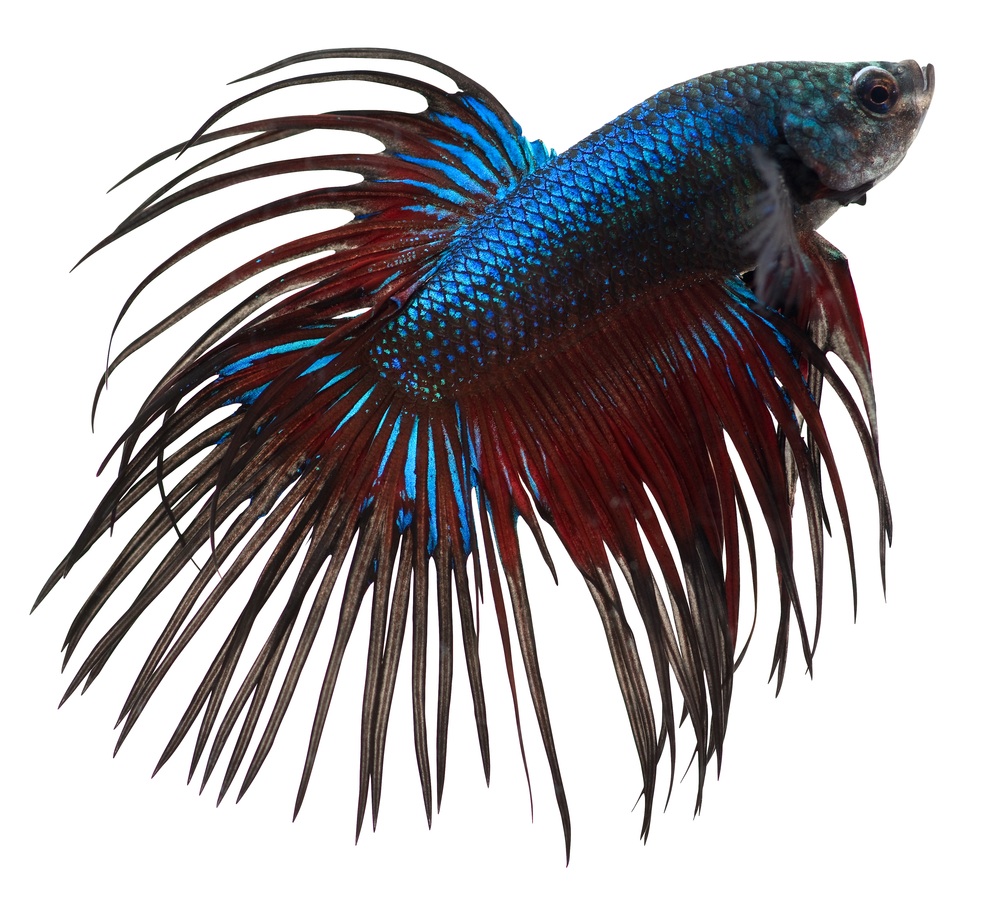
These fish were developed in Thailand, being first bred there over 400 years ago. Strains were carefully nurtured, with wild bettas from all over the country being used in their development. No-one is really sure what the original wild form looked like - the best guess is that it was dark red, with some bluish streaking on the body.
Males were bred as fighting fish. They were placed together with huge sums being wagered on the outcome as the rivals then fought each other in short but brutal contests. Now however, they are kept for show purposes, being judged on their appearance.
Space requirements
Siamese fighting fish are small, only growing to little more than 2in (5cm) long. Their housing needs are quite modest, being traditionally kept in their Thai homeland in glass jars. A male will thrive in a small, relatively shallow tank, although he can also be included in a community aquarium of south-east Asian fish.
Care requirements
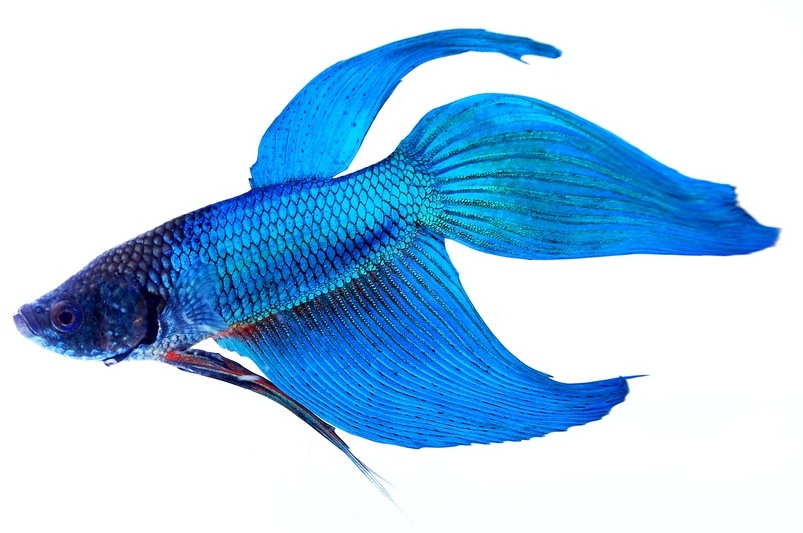
The water temperature needs to be 24-28°C (75-82°F), with the water being soft and slightly acidic, having a pH of around 6.2. Cover the surface with floating plants, and the filtration must be gentle, as Siamese Fighting Fish do not like turbulent water.
Temperament
Never, ever mix males together. They will fight to the death. You can see how aggressive they are simply by leaving a mirror alongside the aquarium for a short time. Once it spots its reflection, the male will repeatedly try to attack his perceived rival. Avoid similarly-coloured tank mates too, as they may attacked. Otherwise, these fish are as placid as pussycats!
Varieties
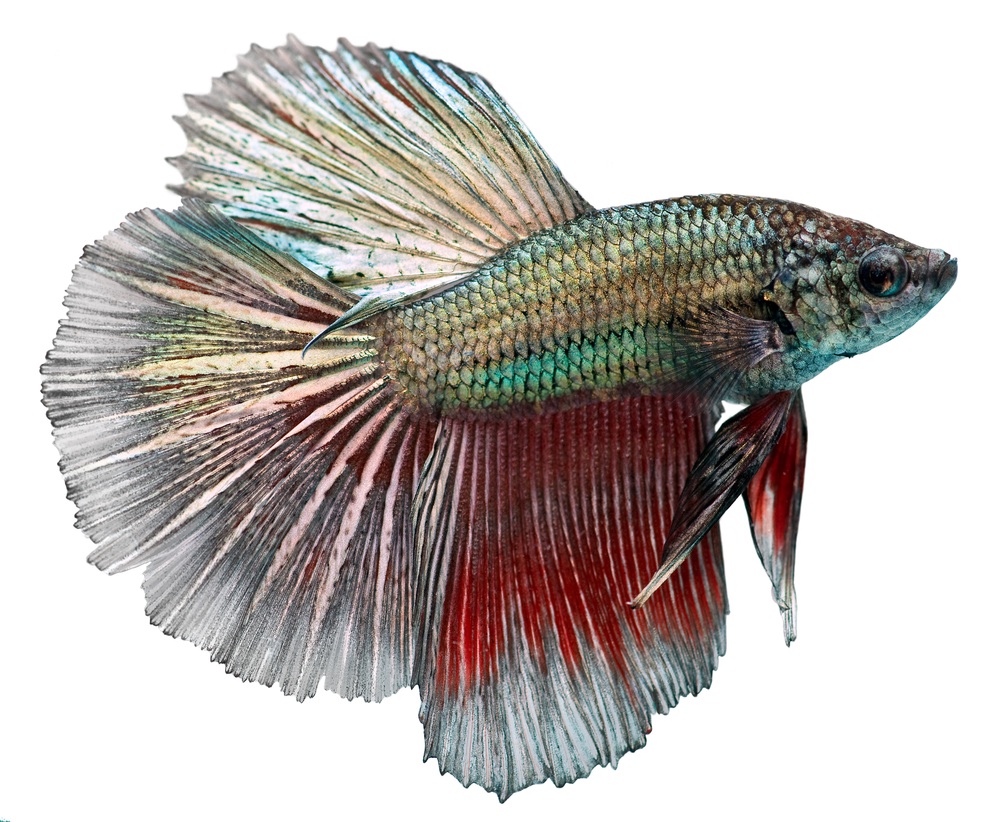
Colours can vary from white, known as plakat, via shades of red and crimson to hues of blue and violet and through to black. There are also different fin types too, such as the half-moon, with its rounded tail fin.
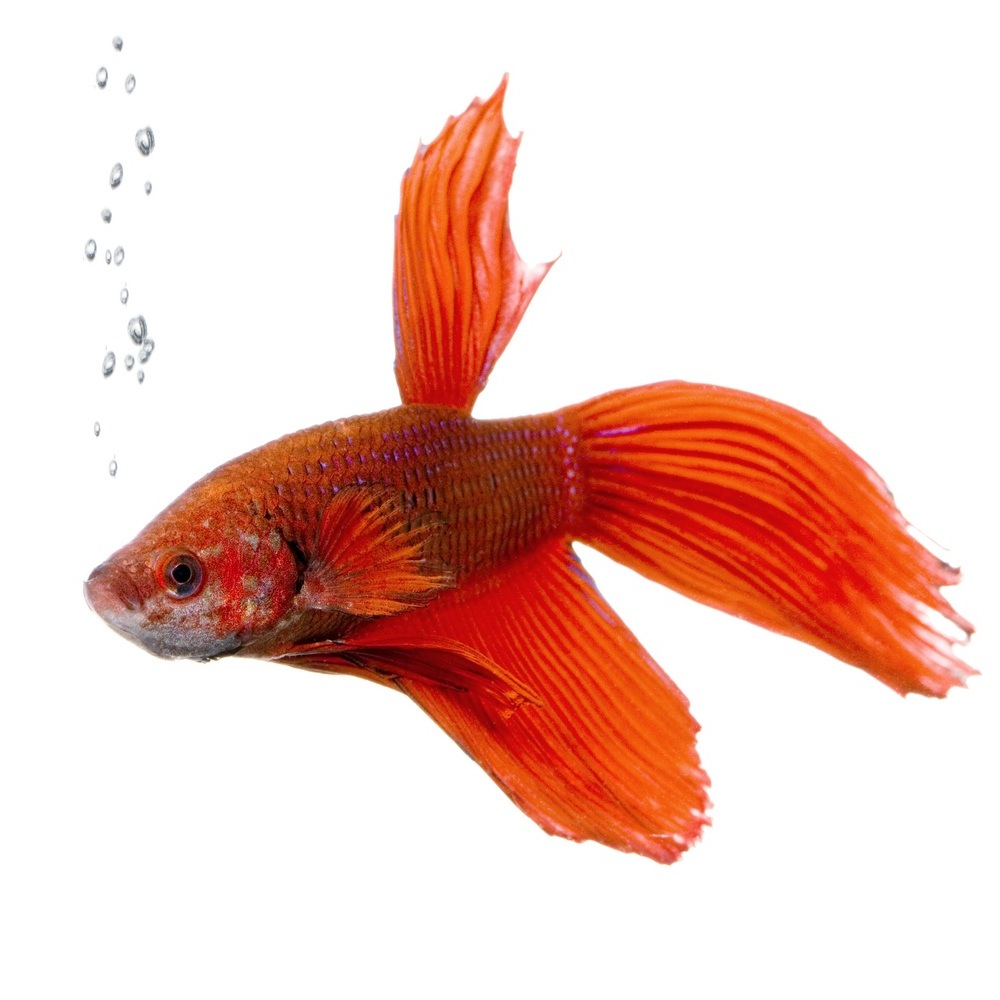
Did you know?
The male builds a bubble nest, which he will anchor to floating plants. He does this by spitting out air-filled bubbles of mucus. The female is enticed to mate underneath the structure. Her eggs, which are full of oil, will float up to the water’s surface and remain trapped under the bubble nest. The male then guards this and will continue to watch over the young for several days after they have hatched.
Lifespan
Quite short - up to 2 years.
Likely illnesses
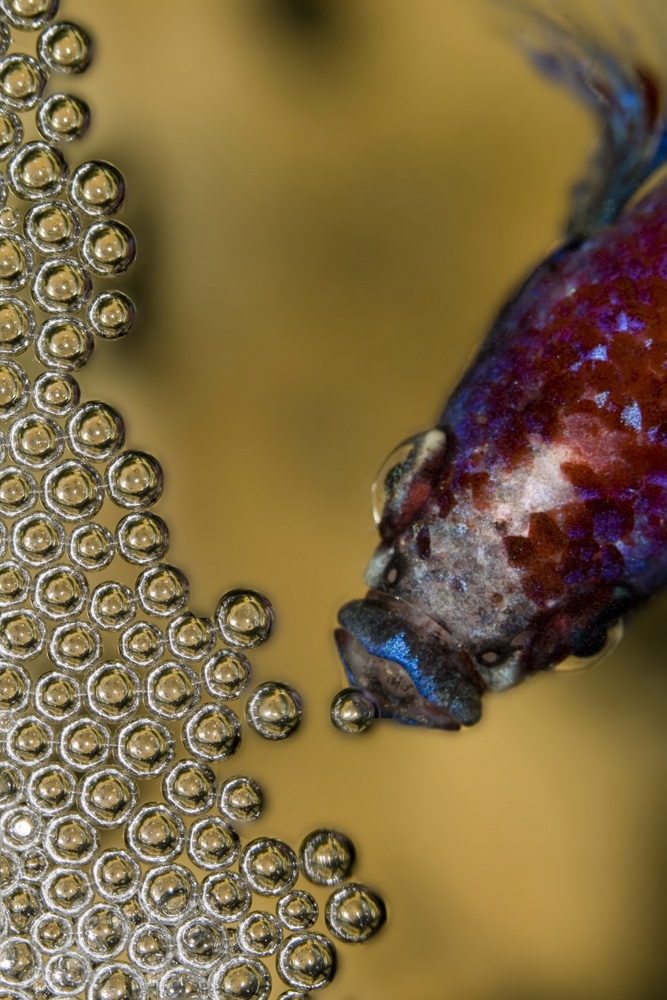
Damage to the fins occurs if these fish are housed with companions which will nip their long trailing fins, or if water conditions are poor. In either case, a fungal infection can then follow. Remarkably though, if treated in time and its housing conditions are improved, then the fish’s damaged fins can regenerate.